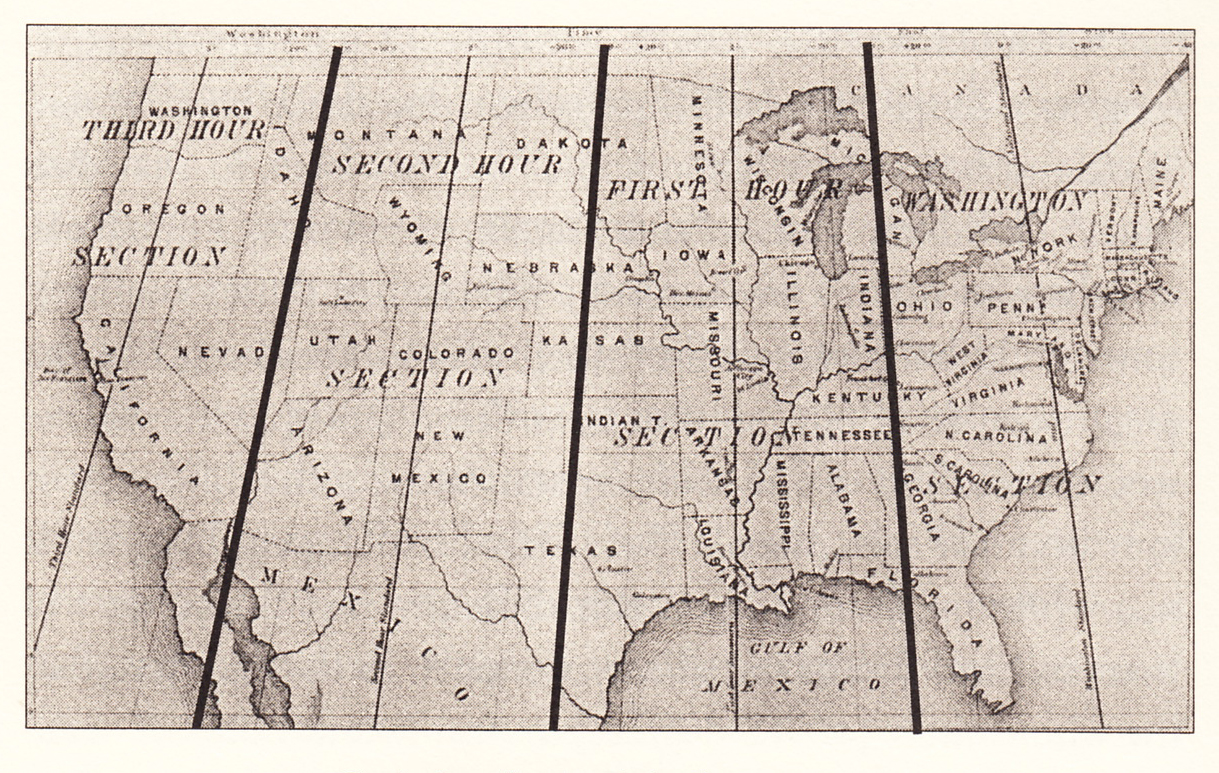When Clocks Surrendered: How Railroads Rewrote Time Itself

Imagine a peculiar day in American history when time itself seemed to bend, creating an extraordinary phenomenon where some cities experienced two noons in a single afternoon! This fascinating historical quirk occurred during the implementation of standardized time zones across the United States, a moment that transformed how Americans measured and understood time.
Before the adoption of standard time zones, each city and town maintained its own local time based on the position of the sun. This meant that when noon struck in one city, it could be a completely different time elsewhere. The transition to a unified time system was both complex and fascinating, leading to this remarkable moment when some locations literally witnessed two noons in one afternoon.
The day marked a pivotal point in how Americans synchronized their clocks, bridging local variations and creating a more connected national timekeeping system. It's a remarkable testament to the ingenuity and adaptability of a nation rapidly modernizing in the late 19th century, turning what could have been a mundane administrative change into a truly memorable moment in time.
